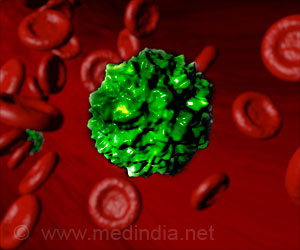A team led by Professor Satoshi Ichikawa at Hokkaido University has been working on the development of new antibacterials. Their most recent research, published in the journal
details the development of a highly effective antibacterial compound that is effective against the most common multidrug-resistant bacteria.
The team worked on a class of antibacterial compounds called sphaerimicins. These compounds block the function of a protein in the bacteria called MraY. MraY is essential for the replication of bacteria and plays a role in the synthesis of the bacterial cell wall; it is also not a target of currently available commercial antibiotics.
What are Sphaerimicins
“Sphaerimicins are biological compounds, and have very complex structures,” explained Ichikawa, a corresponding author of the study. “We set out to design analogs to this molecule that would be easier to manufacture while also becoming more effective against MraY, thus increasing its antibacterial activity.”
Advertisement
The team analysed structures of sphaerimicin A by molecular modelling assisted by calculation, and designed and synthesized two analogs of sphaerimicin, SPM1 and SPM2. These analogs were found to be effective against Gram positive bacteria.
They then determined the structure of SPM1 bound to MraY. By studying this structure and comparing it to that of related antibacterial agents, they determined how to further simplify the molecules. They were successful in developing a simpler analog, SPM3, whose activity was similar to SPM1.
In addition to their effectiveness against MRSA and VRE, the SPMs were also effective against Mycobacterium tuberculosis, the bacteria that causes tuberculosisand which has multidrug-resistant strains.
“Our most significant contribution is the construction of the core skeleton of sphaerimicin, which can be used to develop more antibacterial agents that target MraY and hence multidrug resistant strains. Sphaerimicin is most promising as MraY is also present in Gram negative bacteria,” Ichikawa concluded. Future work will include optimization of the currently developed SPM molecules, and the development of sphaerimicin-containing antibiotic combinations to target a wider range of bacteria.
Source: Eurekalert



